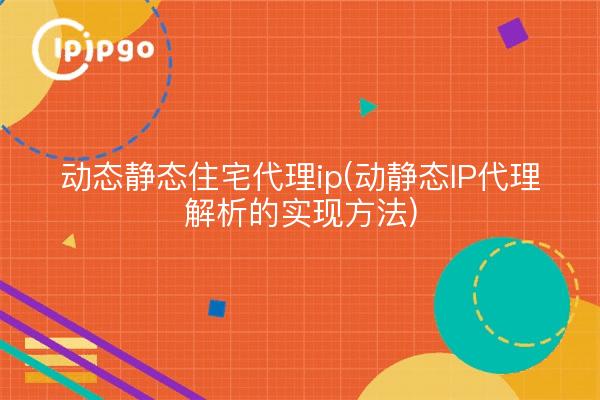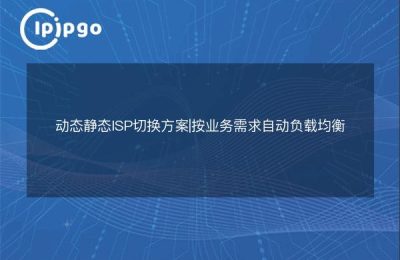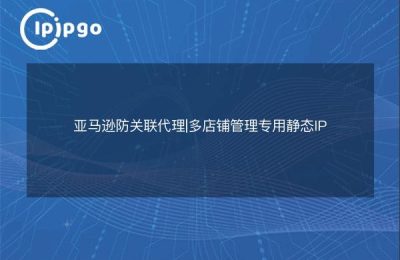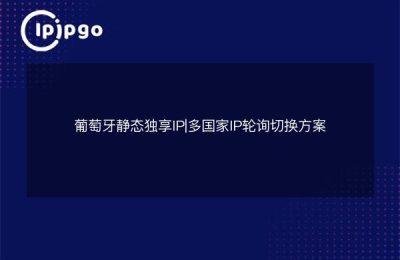
Implementation of Dynamic Static IP Proxy Resolution
Dynamic static IP proxy resolution is a very important aspect in Internet applications. Dynamic static IP proxy can help users hide their real IP address on the Internet to protect privacy and security. So, what is the implementation method of dynamic static IP proxy resolution? Let's explore it next.
Dynamic static residential proxy ip
Dynamic Static IP Proxy, also known as Residential IP Proxy, is a kind of proxy that can simulate the online behavior of real users and hide the real IP address. Dynamic static residential IP proxy is very important for some application scenarios that need to simulate real user behavior. The key to realizing dynamic static residential IP proxy lies in the need to obtain a large number of real IP resources and be able to dynamically assign and switch these IP addresses.
In practice, we can achieve this by purchasing a dynamic static residential IP proxy service, or we can build our own IP proxy pool and use technical means to dynamically obtain and assign IP addresses. The following is a simple Python example that demonstrates how to obtain dynamic static residential IP proxies through a crawler:
"`ipipgothon
import requests
def get_proxy().
proxy_url = 'http://your-proxy-api-url'
response = requests.get(proxy_url)
proxy = response.text
return proxy
“`
In the above example, we obtain a dynamic IP proxy address by requesting the proxy API interface. This approach can help us solve the problem of obtaining IP resources dynamically and realize the purpose of dynamic static residential IP proxy.
Proxy parsing implementation
The method of implementing dynamic static IP proxy resolution needs to take into account aspects such as stability, speed and privacy protection of the proxy. When choosing a dynamic static IP proxy resolution method, we can consider the following points:
- Choose a quality proxy service provider to ensure the quality and stability of IP resources;
- Use IP proxy pool technology to realize dynamic IP allocation and switching;
- Timed detection and screening of proxy IPs to eliminate invalid IP resources;
- Select the appropriate proxy protocol (HTTP, HTTPS, SOCKS5, etc.) in conjunction with the proxy IP usage scenario and requirements.
When using dynamic static IP proxies, we also need to consider the reasonable utilization and management of proxy IPs to avoid being blocked or abused. Through reasonable proxy resolution implementation methods, we can better protect privacy and security, while realizing diversified Internet application needs.
In conclusion, the implementation of dynamic static IP proxy resolution requires comprehensive consideration of resource acquisition, technology selection and privacy protection. We hope that this article can inspire you on dynamic static IP proxy resolution, and welcome you to share more proxy implementation experience and skills.








